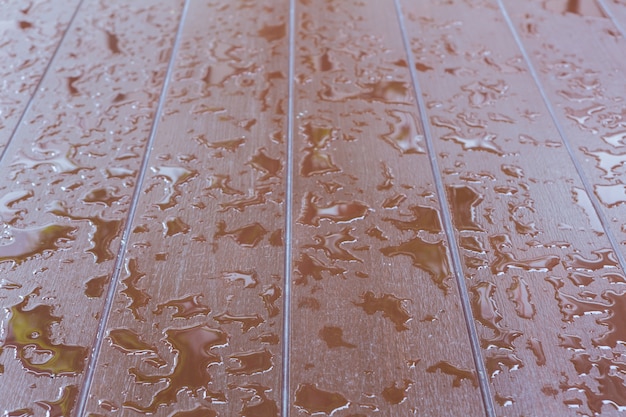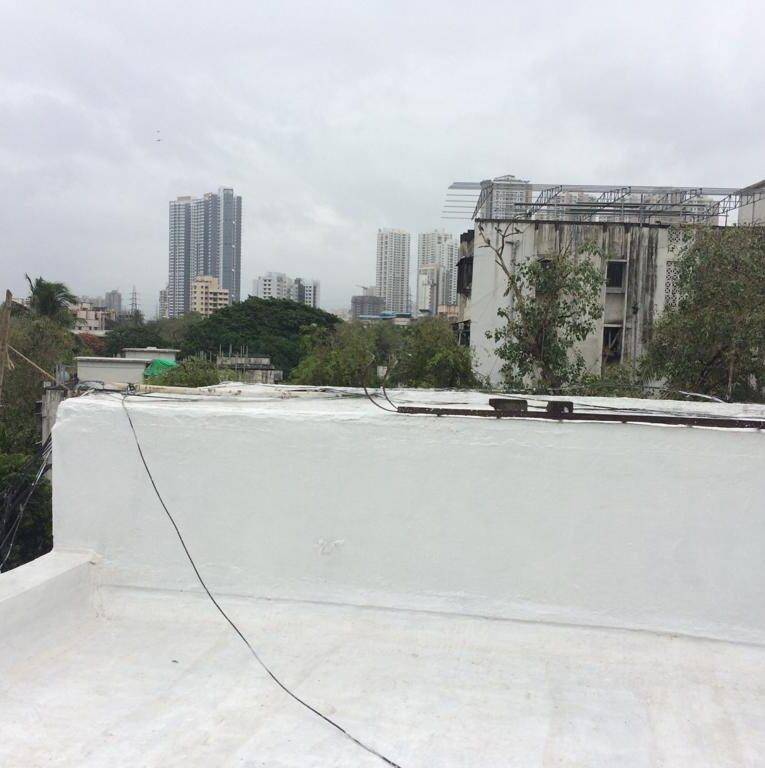One of the trickiest problems in building constructions that contractors face is while waterproofing of flat terraces. This is primarily because the surfaces are flat which means that water cannot slide across the surface quickly. When water moves across a given surface or tends to hold on to it, there is a higher possibility of leakages being created. Also, flat surfaces need collection pits (commonly known as sumps) so the water can flow into them before they enter the drainage pipes. This too can prove to be a source of leaks and seepages.
Smooth surfaces are ideal for terraces as rough surfaces like china pavers can prove to be a massive headache when it is time to carry out terrace waterproofing. Rough surfaces encourage water pooling and the slow movement of water too and thus not recommended for terrace flooring. In fact, the higher the slope for terraces, the better it is for the life of the building structure. Therefore for terraces, a slope of 1 in 100 is often recommended while the terrace is being designed and built.
Using waterproofing membranes is a popular method of waterproofing. The membrane is a thin, continuous layer of waterproofing material that prevents water from entering the surface structure. This membrane is the first layer and is followed by some kind of filler material that helps in giving a slope which directs the water towards the outlet pipes. After this, the final finish is given in the form of any
kind of material like tiles or stones that is able to withstand outdoor conditions.
While carrying out these waterproofing solutions, it is important to pay special attention to areas where the membrane isn’t continuous, like the edges of the terrace surface. The failure is likely to occur near the drainage sumps, where there is likely collection of water just before it moves towards the drainage pipes. In case of a failure, the fillers and top layer has to be renewed and the entire membrane has to be replaced.


